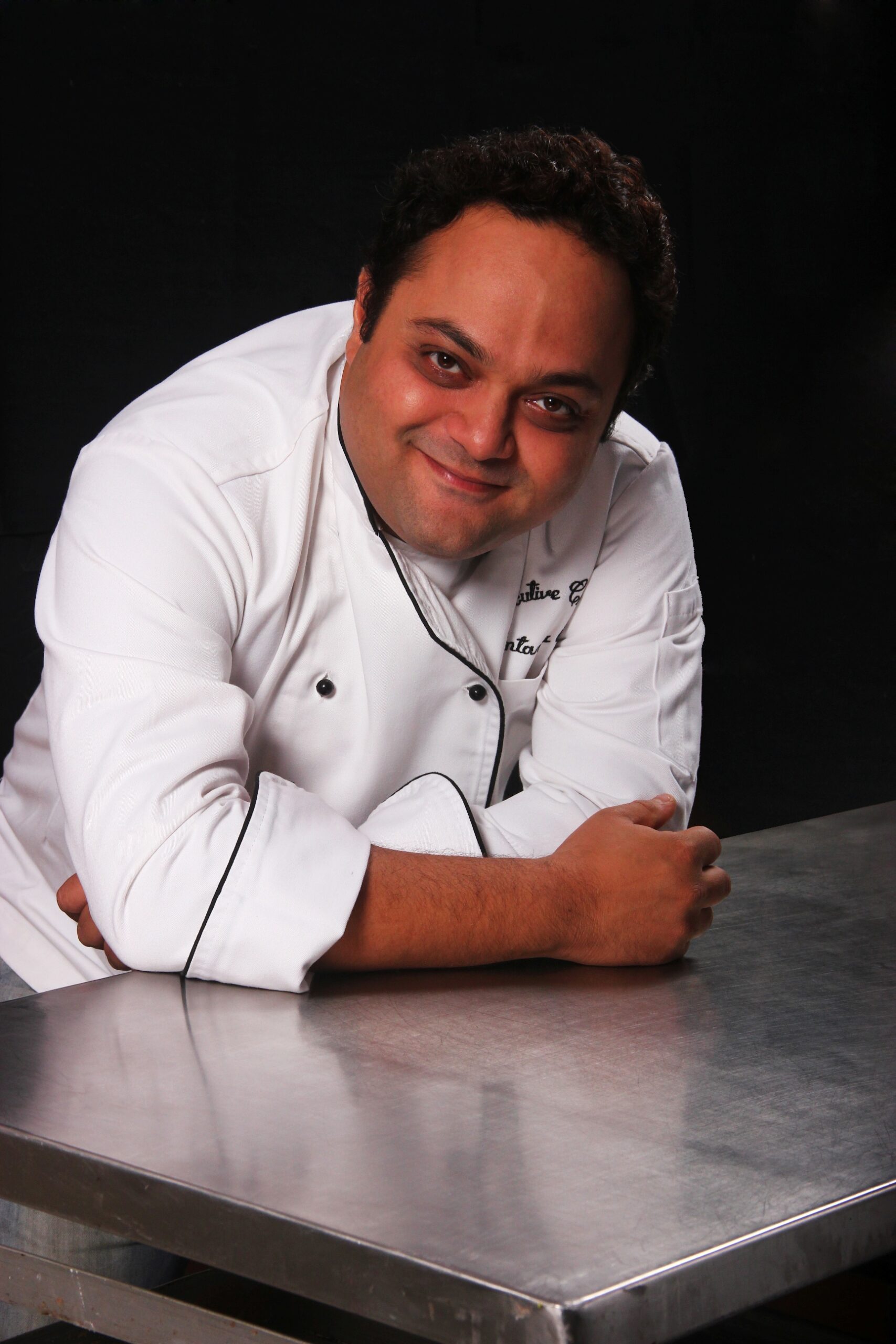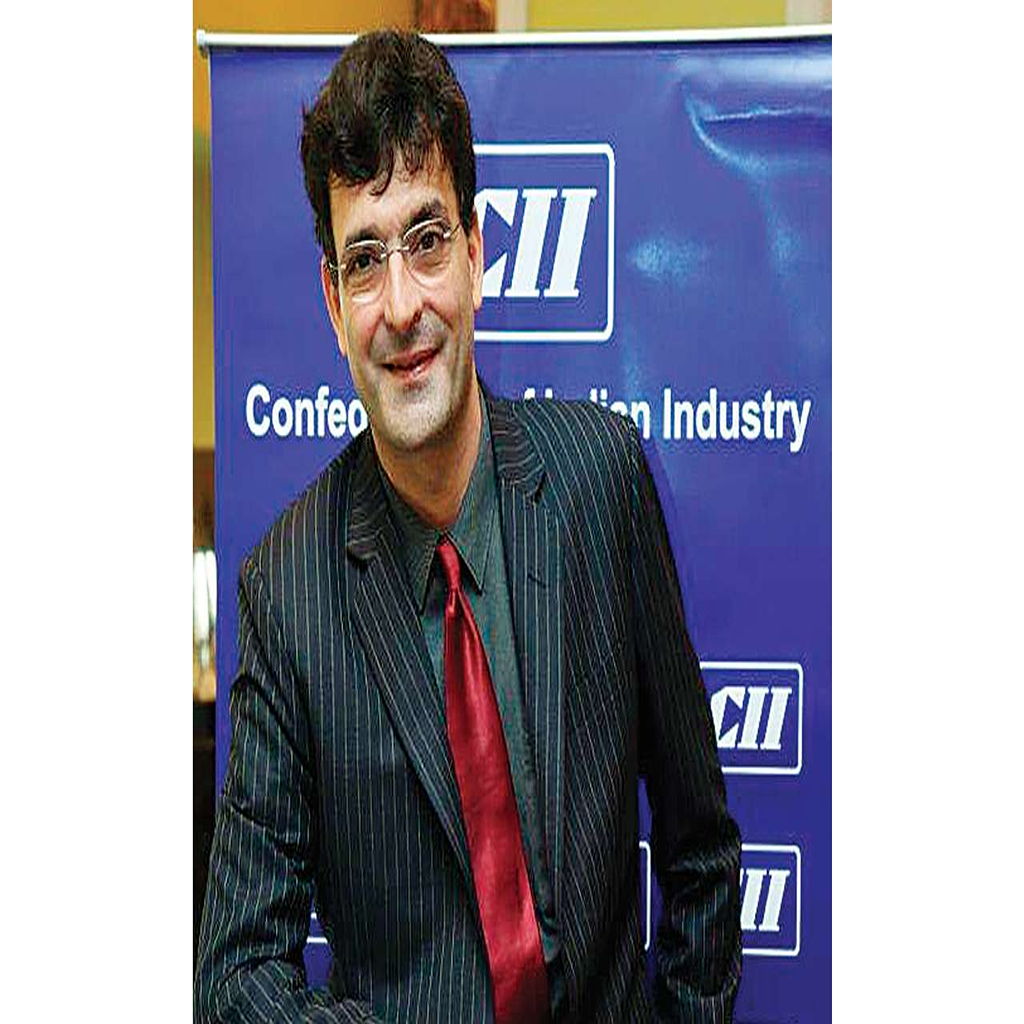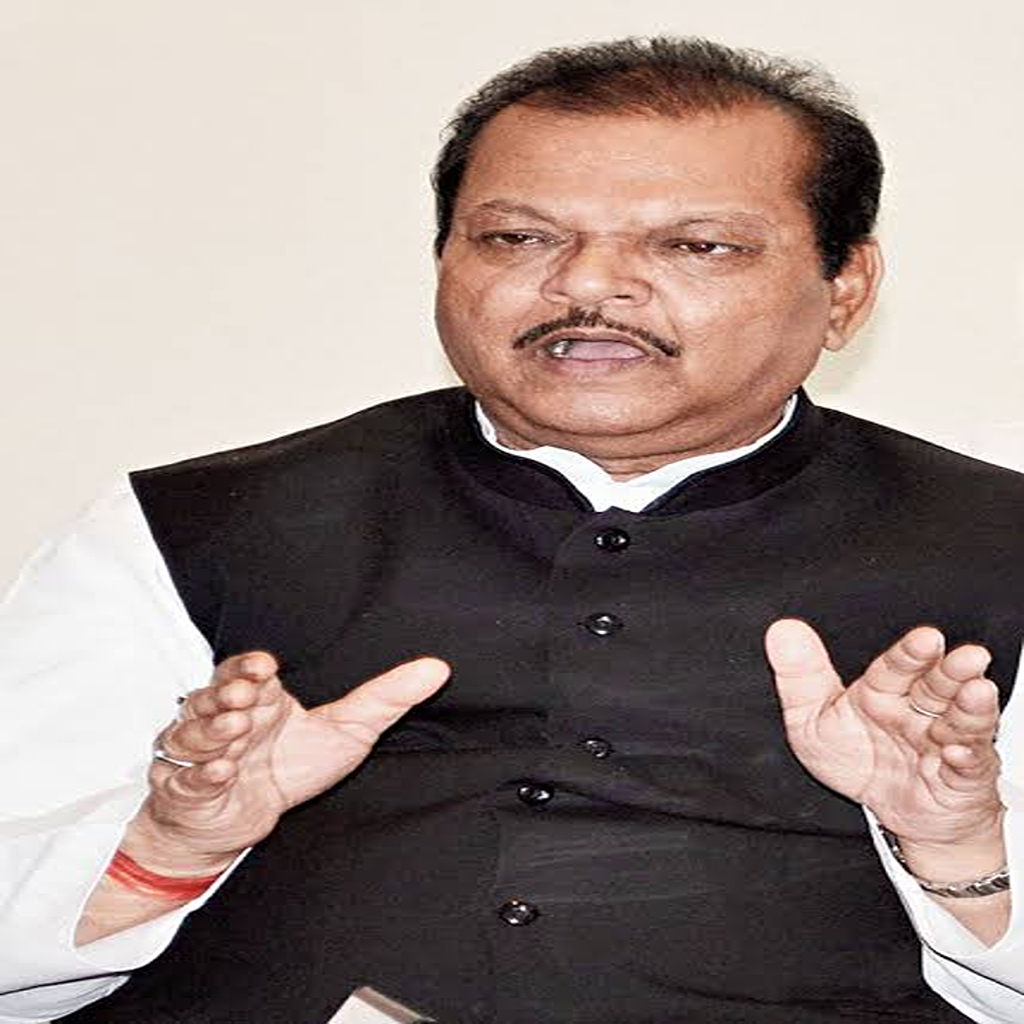In an exclusive interview with Asmita Mukherjee, Chef Shantanu Gupte delves into the latest F&B trends observed in the hotel industry, shedding light on the rising emphasis on sustainable and local ingredients. From zero wastage initiatives to the incorporation of millets and the surge in vegan cuisine, he highlights the exciting transformations reshaping the culinary landscape.
What inspired you to become a chef, and how has your journey been so far?
Since my childhood days I had a penchant for tasting various foods. Right from the berry cart outside my school to walking 6 km (those days we didn’t have a vehicle) to eat the best missal in town I would go any distance for eating the best food around. As I grew up, I started helping mom in kitchen & experimenting with our traditional Maharashtrian recipes giving them a new twist. So, at the core trying the best food destinations & the fascination of experimenting with recipes is what inspired me to be a chef.
Taking about my journey as a chef it’s been nothing short of exhilaration of my soul. It’s been a learning curve throughout, to this day. Yes, at times it’s been arduous, tiring days in the kitchen, missing family events & festivities. But when I look back at the over two decades, I have been a chef it’s been extremely satisfying & mind you I have still miles to go.
As a chef, you are often at the forefront of F&B trends. Could you share some of the latest F&B trends that you have observed in the hotel industry?
Keeping up with the trends should be a chefs 1st priority. A lot has changed since the Covid-19 landscape. Here are a few current trends:
Zero Wastage & Sustainable Food: Chefs are gearing to devise menus leading to zero wastage & reusability. More & more chefs & hospitality chains are focus on sustainable foods especially when it comes to using fish, rare meats & plants.
Locavore: This term was coined over a decade back but we see this being used in Menu planning very recently. The menus are made keeping local ingredients at the forefront within a 5 km radius reducing carbon foot prints.
Seasonality: The idea of using fresh in season produce to devise menus is on the rise. It has two primary benefits .IN season means the products is absolutely fresh & nutritious for the customer at the same time economical to use.
Millets: 2023 is the international year of millets designated by UN. Chefs are trying ways to incorporate this ancient Indian grain (actually a seed) into their menus. They are high in fiber & sustainable
Vegan: The purest form of vegetarianism is on a humungous rise globally. Today any good restaurant in a metro city will have a section or at least few options dedicated to vegans.
The concept of cloud kitchens has gained popularity in recent years. How do you think cloud kitchens have impacted the hotel industry and its F&B operations?
Talking about cloud kitchens, their success ratio & sustainability is a separate topic in its own. Hence, we will restrict ourselves to talking about their impact on the Brick n Mortar Hotel & Restaurant Industry.
The last mile delivery is the final frontier of the Tech revolution which has swiped the Globe & India is amongst the leaders. With economically priced aggregator-basedfood deliveries allowing real time tracking & ease of payment options a large chunk of the urban population order food online at the comfort of their home. There has been disruption in the ratio of online deliveries vs offline dining in recent years.
What this means is no F&B establishment can be relaxed & get comfortable offering anything less than the best in food, service & ambiance. Cloud kitchens usually don’t requireExecutive & Head chefs. This means chefs have to move out of their comfort zone & get extremely creative with their menus.
In my opinion restaurant dining needs to be experiential & innovative to get the customer walking in your restaurant out of his home comfort. If restaurants are Offering the same food that is available through cloud kitchens at economical prices, then you are playing in the high-risk zone.
When it comes to luxury dining experiences, what is the key to creating comfort food that provides emotional satisfaction?
Luxury dining needs to be largely experiential. With high priced food & beverage offerings in Luxury dining scape they need to be focused on creating a high-end customized experience for their patrons. It’s not just the food but the establishment has to strike an emotional chord with their customer offering him an impeccable dining experience.
Along with having a fixed menu its important that the Chef & Bar tender personally attend to the guest & create ‘out of menu’ recipes as per the guest choice.
Usually, guests have a fixed choice chart of restaurants when it comes to celebrating their special occasions. So, it’s imperative that the restaurant staff are well versed with their 1st names & their choice in food or cocktails. The service staff needs to be polite & possess exemplary communication skills to dazzle their patrons. Restaurants can & should go to the extent of personalizing the crockery, napkins & table ware to the customers initials.
Luxury dining is not just about good food or service but that one off dining experience which their customer will cherish for a long time.
As a chef, how important is a mood board or visual collage in the creative process?
Creating a mood board before sketching out a plan for a project can be a very effective way to communicate and align on the creative vision and direction for the project. A mood board is essentially a visual collage that includes images, textures, colors, and other design elements that capture the look and feel of the project. It can help to establish a common visual language between the consultant partner and the client, and ensure that everyone is on the same page in terms of the overall aesthetic and vibe that is being aimed for. Creating a mood board can also help to stimulate creative thinking and inspire new ideas. By collecting a variety of images and design elements, the consultant partner can explore different visual styles and possibilities, and use them to inform the overall design plan for the project. Over all by creating a mood board it can be a valuable step in the design process, as it can help to streamline communication, foster creative thinking, and ensure that everyone involved in the project is aligned on the overall vision and direction.
asmita.mukherjee@saffronsynergies.in








